Immersive technologies and the heritage sector – Bromley House, Nottingham
December 10, 2019
Immersive technologies, such as Virtual Reality (VR) and Augmented Reality (AR), allow heritage venues to create exciting digital experiences. Dr Jo Robinson is a Professor in Drama and Performance at the University of Nottingham. She is interested in exploring relationships between place, space, and community. As part of an AHRC award, Jo is helping organisations around …
Creating 3D environments 2/2: 3D Scanning and Photogrammetry
April 10, 2018
After discussing 360 video capture and 3D modelling in a previous blog post, we now introduce two other techniques for capturing 3D environments, 3D scanning and photogrammetry. 3D Scanning 3D Scanning is an approach commonly used in architectural and geospatial surveying. It involves the use of professional equipment which measures the distance of objects using …
Creating 3D environments for virtual experiences 1/2: 360° Video and 3D Modelling
As part of our goal to create a 3D bar for beer tasting experiments – described in our guest blog post by Marit Nijman, researcher in the Sensory Science Centre – we are currently experimenting with a variety of technologies that can be used to capture and recreate realistic 3D environments. In this blog post, …
Creating a virtual bar for a beer tasting experiment
February 9, 2018
This is a guest blog by Marit Nijman, PhD student in the Sensory Sciences Centre of the School of Biosciences. Do you think you would feel differently about a beer if you have it in a pub as opposed to a plain white room? My PhD research has shown that consumers’ responses to products can …
Corrupt Kitchen VR Dev-Diary 3
January 17, 2018
Paul Tennent, Research Fellow, Mixed Reality Lab Welcome to the next section of the Corrupt Kitchen VR development diary. Today we’re going to talk about the events and aspects of the system beyond the core task of burger making. These fall largely under the separate headings of ‘health and safety’ and ‘corruption’. In general, Corrupt …
When Law and Computer Science Collide: How an interdisciplinary project is letting me do more than I could on my own
January 15, 2018
Richard Hyde It’s not that I wasn’t interested in using technology in my research; I’m just not sure I had ever seen a way to combine virtual reality with food regulation, my rather specialist research area. So it was with some trepidation that I stepped into a meeting with Stuart Moran and Jan Mayer-Sahling, which …
Corrupt Kitchen VR Dev-Diary 2
November 14, 2017
The Digital Research Team are working with Computer Science, Law and Politics on developing a VR game about corruption. Dr Paul Tennent describes the on going development below: Welcome to the next section of the Corrupt Kitchen VR development diary. Today we’re going to talk a bit more about realising the game experience. First though …
Developing the Corrupt Kitchen VR
October 11, 2017
The Digital Research Team are working with Computer Science, Law and Politics on developing a VR game about corruption. Dr Paul Tennent describes some of the development below: Stage 1: Building the Kitchen Environment. The first challenge for creating Corrupt Kitchen VR has been the development of the virtual environment. It would have to be …
The Corrupt Kitchen VR
September 25, 2017
The Digital Research Team are facilitating a unique digital collaboration between Computer Science, Law and Politics. Dr Paul Tennent outlines the project below: “In an effort to explore attitudes to workplace corruption in a playful manner, researchers at Nottingham University are creating a new virtual reality (VR) experience where players will run a commercial kitchen. …
Horizon scanning for digital engagement technologies in Politics and Law
March 28, 2017
The digital research team are working with Politics, Law and Computer Science on a provocative digital engagement in research on corruption. During the latest meeting we were discussing the possibilities of using a serious virtual reality game to explore trust issues in the workspace. Some creative ideas we had involved having the user virtually work …

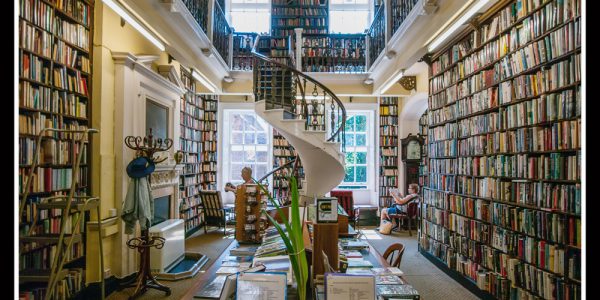
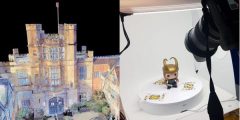
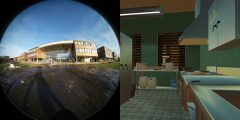
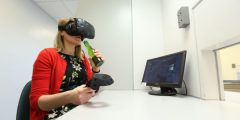
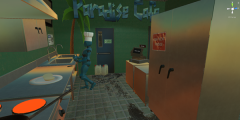
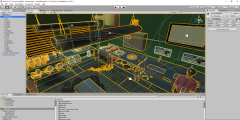
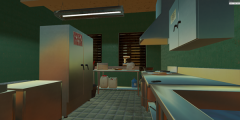
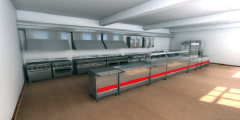
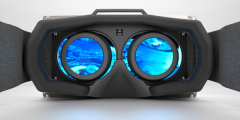
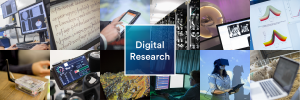
Recent Comments